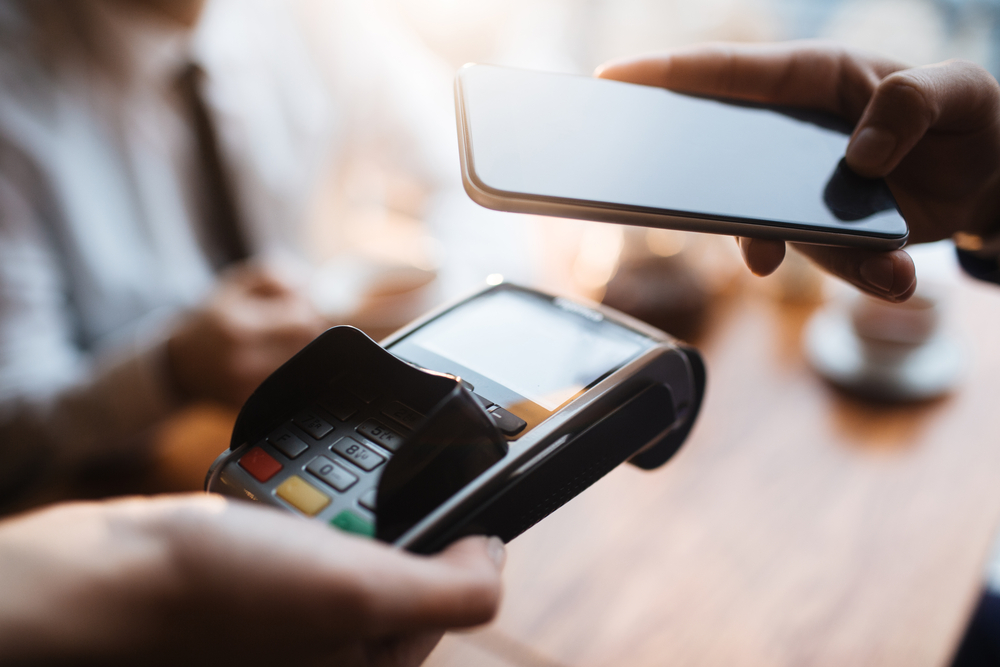Daniel Belda, Head of Product Strategy at OpenPayd, shared his insight with PaymentExpert on the role of the super app and how it differs in global markets.
The super app concept isn’t new. But here in Europe, we’re still in the early days of their adoption. The idea behind a super app is simple: it’s an app that allows users to access many services all under one ‘digital roof’. For instance – a banking super app could allow customers to buy an insurance policy from another firm and make investments using a third, all alongside their day-to-day banking and all without leaving their bank’s app environment.
If you’ve been to, or lived in China or South East Asia in recent years, you’ve almost certainly used a super app. In the short decade or so that mobile apps have been around, the versatility of super apps has become so deeply ingrained in these parts of the world that it’s unthinkable for Asian consumers not to use them for most financial and lifestyle transactions.
It’s common for users of social media platform WeChat in China, to arrange a catch-up with a friend via chat, make reservations for dinner, book movie tickets, order a taxi and pay for every transaction with just one app. The multi-genre/lifestyle model has been duplicated elsewhere in Asia; south east Asia is the current battleground between newer super apps Grab and Gojek. Super apps in the West, on the other hand, are currently geared towards offering one ‘genre’ of service, such as financial products or transport services via a single app.
The vision for a financial super app
Despite some valiant attempts by western players, like Uber’s recently announced plans to become a travel hub, super apps are not yet a substantial part of the US or European landscape. Why? Because Chinese and South East Asian economic development was mobile-led. These economies were underserved by limited financial infrastructure at the dawn of the smartphone revolution, whilst non-financial brands in these regions seized on the opportunity by monetising their platforms.
They built financial products into their ecosystems to help their users do more and transformed their mobile apps into the main places to communicate, bank, shop, and pay. Many of their consumers’ first interactions with the Internet and finance were done on a mobile app.
In developed markets, however, we are used to a diversified finance ecosystem and using the legacy infrastructure that existed before the mobile app. We are more accustomed to paying for goods and services with physical credit cards, withdrawing funds from a bank in person and sending money internationally through third-party providers.
Without that legacy finance ecosystem to build on, it made sense for Asian apps to own the finance space and consolidate services into single apps that could do more with less. Along the way all these super apps have evolved into digital finance hubs for their customers.
US and European brands have lagged, because up until now finance has been dominated by siloed ecosystems. But embedded finance is bringing down the barriers preventing western brands from introducing a financial component to their product offering. Embedded finance gives them the freedom to shape their finance offers in any way they want and shakes up the way western brands think about their product ecosystems.
The super app playbook
No company is starting out to build a super app from day 1. Every example from around the world has involved starting with a single digital service, then layering on top of it additional complementary services. In developed economies, that starting point is incredibly varied – Walmart is starting with online retail, others with ride-hailing, digital banking or currency trading as their foundation.
What most brands want when they start considering a super app product strategy is to grow beyond their niches by plugging in new services alongside their existing ones, with the goal of incentivising customers to stay in the app. Whatever shape it takes, every super app proposition will depend on an embedded finance infrastructure to make it happen. And the experience of the Asian super apps tells us that offering accounts via embedded banking is the core functionality that allows super apps and financial ecosystems to reach their potential. It is embedded accounts that can instantly turn platforms into hubs.
Revolut is one example. The company began with a mission to offer consumers a cheaper, faster way to use money globally. Now the app supports a suite of financial services for consumers and businesses. The consumer app connects users with services to manage finance, trade assets and convert currencies all in one place. Revolut business accounts also help streamline the way companies manage their finances, giving access to all the usual accounting apps directly from within their Revolut account such as managing their Xero accounting product suite.
Revolut is even layering in non-finance functionality within their platform with built-in Slack integration that allows employees to be notified with Slack messages for all changes happening in the account.
For any brand looking to scale digital services or expand an app, their existing infrastructure should be able to handle integration with third party services as easily as Revolut does. An embedded banking partner can help with that. Their role in the super app product ecosystem is to do the heavy lifting of managing the infrastructure, features and compliance.
This means companies can get set-up with accounts faster and focus on building great customer experiences. Sticking with the crypto exchange example, the transfer of client funds from multiple client accounts to an exchange account is a common operational burden because it is a slow process prone to error. Embedded banking providers can offer the ability to issue virtual IBANs (International Bank Account Numbers) unique to each of the exchange’s customers. A move that can help automate payment reconciliations and reduce human error to significantly speed-up payment processing times and ease the operational burden on exchange staff.
This model helps customers and platforms alike because, as in the case of Revolut, it gives customers a streamlined way to manage their money and companies a way to organically build new services on top of accounts swiftly, improving the customer experience.
From super-brands to super apps
Super apps built on embedded banking infrastructure are an example of the fact that now many digital services can borrow elements of the super app model, and have total control over what shape their offering takes over time, without building and managing the tech. With embedded banking, brands can bolt on other financial services whenever it makes sense to them and without massive up-front investment. The barriers to building super apps are gone, and the success of new super apps will depend only on the strength of their underlying partnerships.




















